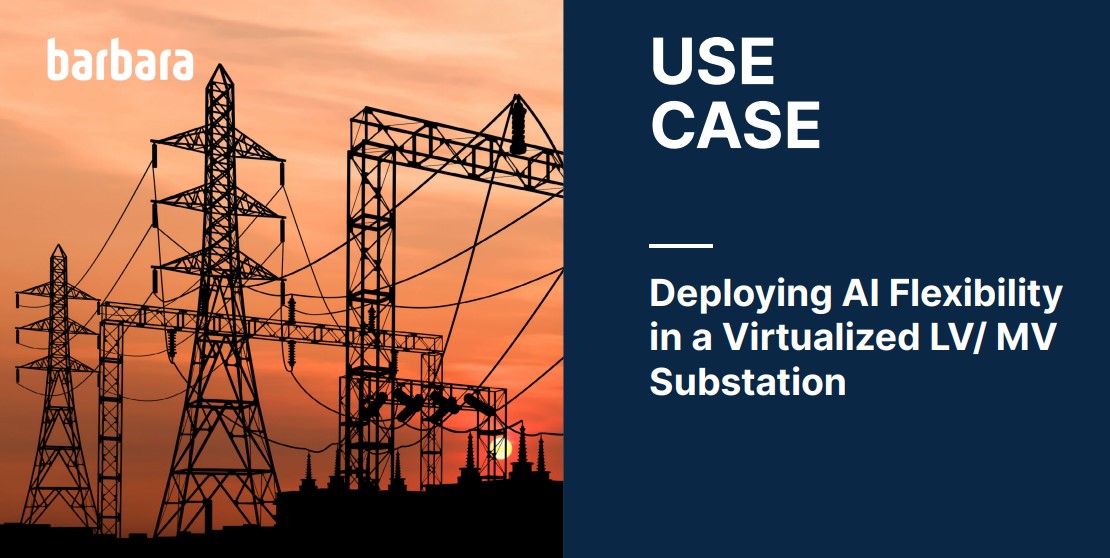公司规模
SME
地区
- Europe
国家
- Germany
产品
- QlikView
实施规模
- Enterprise-wide Deployment
影响指标
- Customer Satisfaction
- Productivity Improvements
技术
- 分析与建模 - 实时分析
适用功能
- 销售与市场营销
用例
- 需求计划与预测
服务
- 数据科学服务
关于客户
SinnerSchrader is one of the leading interactive agencies in Germany. The company was established in 1996 and listed on the stock exchange in 1999. It operates in the Infrastructure Services sector and the Media industry, specifically in Advertising. The company reported a turnover of €18.6 million in the 2006/2007 financial year. SinnerSchrader has more than 150 employees across its offices in Hamburg and Frankfurt. Its reference clients include comdirect, Deutsche Bank, ECCO, OTTO, simyo, Swarovski, Tchibo, TUI, and Yello Strom.
挑战
SinnerSchrader, one of the leading interactive agencies in Germany, was facing a challenge in controlling advertising across various communication channels due to its increasing complexity. The calculation of advertisement success indicators for extensive advertising campaigns was becoming more difficult in times of hybrid purchasing models and primary data sources. Furthermore, client-specific overviews needed to be quickly available for analysis and media consultancy.
解决方案
SinnerSchrader implemented QlikView for the evaluation of online marketing data. QlikView was used to present and standardize hybrid business models, conduct special evaluations in a historical context, and put together ROI indicators by individual client requirements and making them externally accessible. QlikView took into account all available data sources – internal and external – in the presentation of information. This solution also allowed for the separation of IT processes from media requirements.
运营影响

Case Study missing?
Start adding your own!
Register with your work email and create a new case study profile for your business.
相关案例.

Case Study
Gexa Energy and AutoGrid's Innovative Demand Response Programs in ERCOT
Gexa Energy, a leading retail electricity provider in Texas, was seeking to introduce new demand response programs for its commercial and industrial customers in the Electric Reliability Council of Texas (ERCOT) market. The challenge was to provide a platform that would allow these customers to lower their energy bills by adjusting their energy consumption during peak energy demand or high wholesale electricity prices. The solution needed to be intelligent, scalable, and offer both manual and automated options for adjusting energy consumption. The demand response programs needed to include Emergency Response Service (ERS), Real-Time Price Response (RTPR), and 4 Coincident Peak (4CP).

Case Study
ZettaNet's Agile Juniper Network Meets Booming Digital Demand in Australia
ZettaNet, a privately-held company based in Perth, Australia, was facing a significant challenge due to the exponential demand for enterprise network, data center, and cloud services in the region. The company's business growth necessitated an upgrade of their core network to meet the increasing bandwidth requirements of their customers. The customers, which primarily include managed service providers, were demanding 1 Gbps connectivity between locations. These service providers then deliver network, data center, cloud, and voice services to a diverse range of customers including local businesses, schools, hospitals, residential communities, and government offices in Western and Southern Australia. The challenge for ZettaNet was to meet this high-capacity network services demand while maintaining profitability.

Case Study
Edge AI: Deploying AI Flexibility in a Virtualized LV/ MV Substation
Cuerva a Spanish Grip Operator, was seeking to enhance grid knowledge through the implementation of the AI Energy Forecasting Model to obtain precise forecasts of user demand and energy generation.Cuerva’s grid encompasses over 16,000 diverse supply points, making cloud-based operations intricate and susceptible to issues such as connectivity loss, delays in information transmission, and reliance on centralized infrastructure, which can result in the loss of critical data.To tackle these challenges, the Edge technology has proven to be the sole alternative capable of addressing these issues effectively. It ensures real-time data access and operates in a decentralized manner, minimizing the impact of device failures on the overall functionality of the network.In this successful case, we illustrate how with Barbara DSOs can implement AI directly in substations to accurately predict the demand and production values of consumers linked to the transformation center where an Edge node run by Barbara has been deployed.
Case Study
MISA's Success in Achieving 50% Query Deflection Rate with Freshdesk
MISA, an online fashion retailer, faced a significant challenge in managing customer support and communication during the COVID-19 pandemic. The shift in consumer behavior towards online shopping led to an explosive growth in digital footfall, increasing MISA’s average number of orders from 30-50 a day to about 70-100 a day. This surge in orders resulted in higher support volumes, with customers frequently enquiring about their orders and delivery status. The team struggled to prioritize issues as their existing email systems ordered conversations based on the latest response rather than the urgency of the queries. Additionally, the shift to remote work due to the pandemic raised concerns about effective team collaboration and communication. MISA also faced the challenge of dealing with repetitive customer queries, which were time-consuming and redundant.
Case Study
Book Creator: Transforming Education through Digital Book Creation
Book Creator, a self-publishing tool, aimed to shift its focus towards serving the K-12 market and enhance student engagement by unlocking their creativity. The company wanted to provide a platform where students and teachers could collaboratively create and publish ebooks and learning materials. However, with a small team of 13, they faced the challenge of reaching millions of students and handling high-variability workloads. Additionally, they needed to comply with strict data access management requirements including GDPR in the European Union and FERPA/COPPA in the U.S. The company also wanted to rapidly develop new features while reducing the complexities of storing data and scaling access to it.
Case Study
MARS Incorporated: Leading a Global Digital Transformation
MARS Incorporated, a multinational manufacturer, faced significant challenges in digitizing and standardizing processes across its mid-markets globally. The company's reliance on legacy solutions necessitated continuous, time-consuming upgrades and made data compilation and comparison across different regions and business units difficult. Excel spreadsheets were extensively used for forecasting in smaller markets, leading to disconnected processes, siloed working environments, and increased risk of data inconsistencies and inaccuracies in demand forecasting. MARS also struggled with a lack of visibility across its midmarket footprint, scattered critical data across various systems and spreadsheets, a low degree of automation, and insufficient statistical analytics for demand planning. The absence of a standard process for demand planning made it challenging to consolidate KPIs and gain a comprehensive view of demand trends and supply chain performance.



